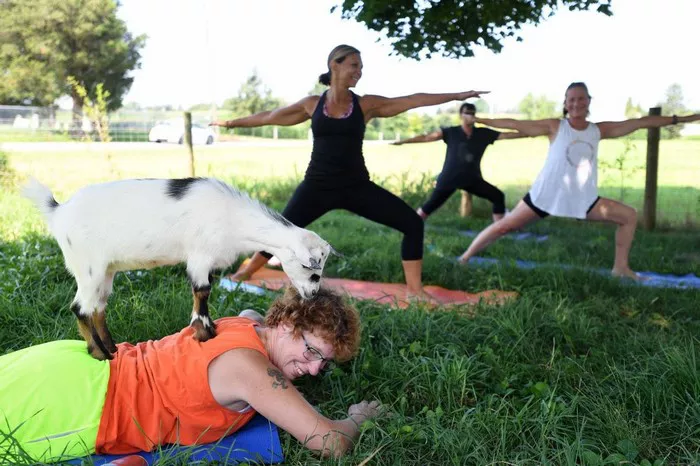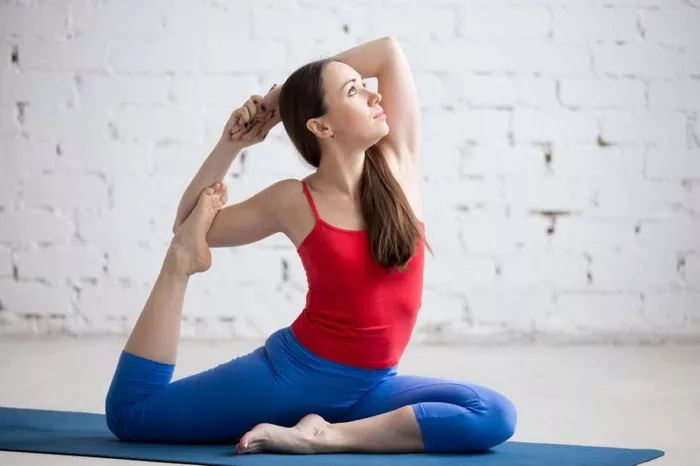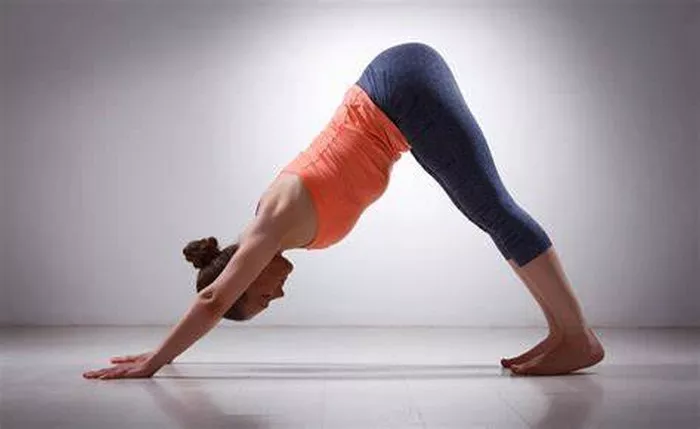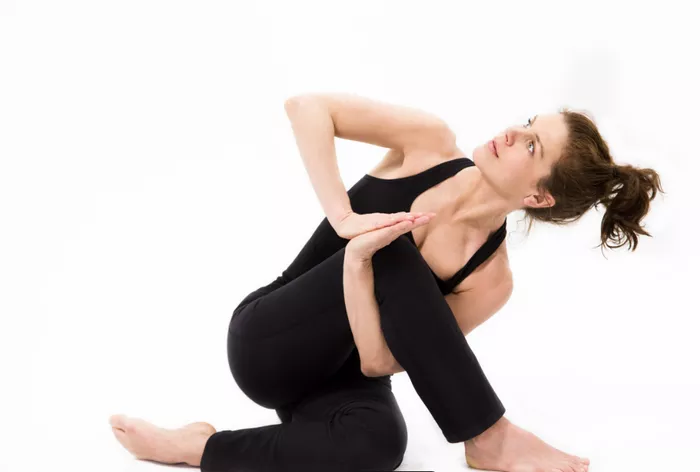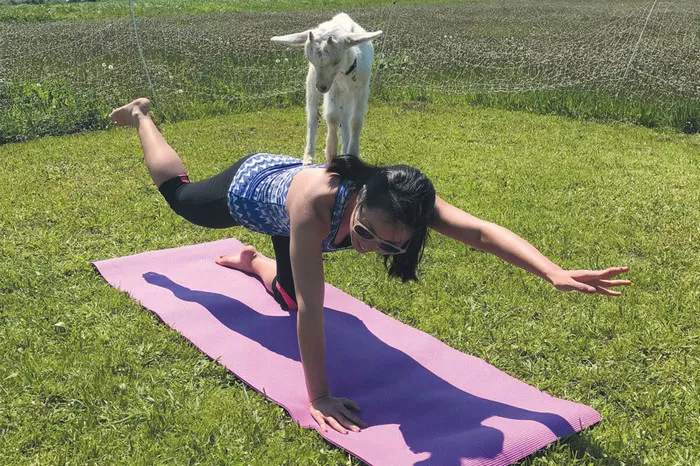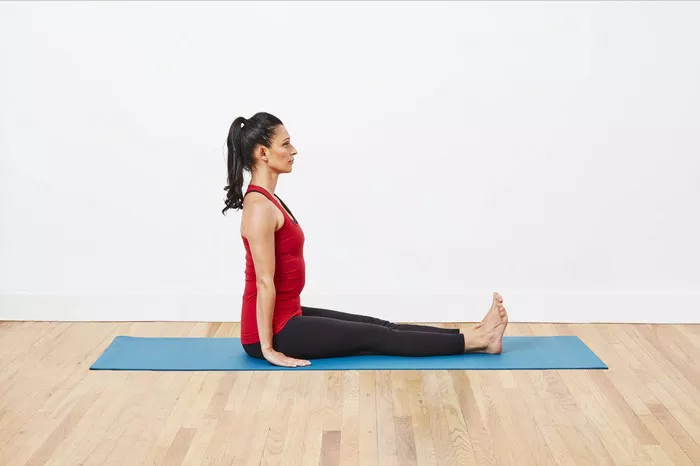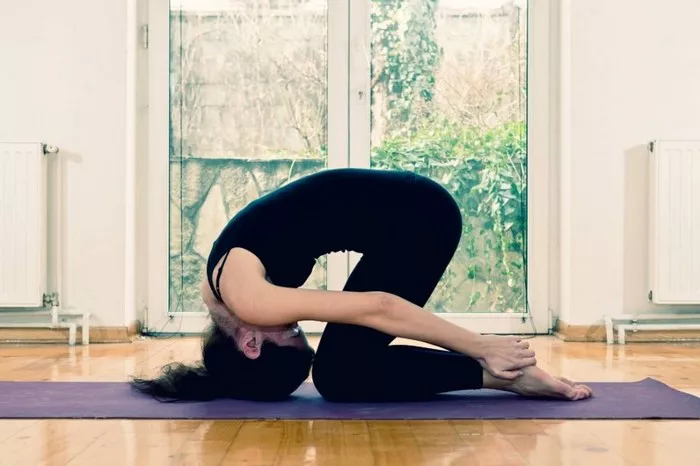What is Chandra Namaskar? Chandra Namaskar, or Moon Salutation, is a yogic sequence that honors the energy of the moon. Unlike Surya Namaskar (Sun Salutation), which is invigorating and dynamic, Chandra Namaskar is calming and reflective. It is often practiced in the evening or during the full moon to connect with the lunar energy that promotes balance, introspection, and tranquility. This ancient practice combines physical postures, breath control, and mindfulness, making it a holistic approach to wellness.
Historical and Spiritual Background
The origins of Chandra Namaskar are deeply rooted in traditional Hatha Yoga. While the exact historical inception is not as clearly documented as Surya Namaskar, references to moon energy and lunar worship can be traced back to Vedic texts and tantric practices. In Hindu philosophy, the moon is associated with the feminine energy known as “Shakti,” and is often linked to the god Chandra. Practicing Moon Salutation aligns one with the cooling, nurturing qualities of the moon, fostering emotional stability and inner peace.
Differences Between Surya Namaskar and Chandra Namaskar
- Energy Focus: Surya Namaskar energizes and warms the body, whereas Chandra Namaskar cools and relaxes it.
- Time of Practice: Surya Namaskar is typically done in the morning; Chandra Namaskar is suited for the evening or night.
- Sequence Structure: Surya Namaskar includes 12 postures. Chandra Namaskar has 14 steps that mirror lunar phases.
- Intention: Surya Namaskar aims to activate the sympathetic nervous system, while Chandra Namaskar supports the parasympathetic system.
- Emotional Effect: Moon Salutation fosters introspection, helping to calm the mind and body.
These distinctions make Chandra Namaskar a vital complement to the more common Sun Salutation, especially for those looking to balance active lifestyles with restorative practices.
Benefits of Practicing Chandra Namaskar
Practicing Chandra Namaskar regularly brings a host of physical, mental, and emotional benefits. Here are some key advantages:
- Physical Flexibility: The sequence improves flexibility in the spine, hips, and hamstrings.
- Hormonal Balance: Especially beneficial for women, it helps regulate menstrual cycles and hormonal fluctuations.
- Stress Reduction: Its calming nature reduces anxiety and stress levels.
- Improved Sleep: Regular practice promotes restful sleep by soothing the nervous system.
- Enhanced Circulation: Blood flow is improved, which helps in detoxification and rejuvenation.
- Mindfulness and Focus: The sequence requires attention to breath and movement, enhancing mental clarity.
These benefits make Chandra Namaskar an invaluable tool for achieving overall well-being.
When and How Often to Practice
Chandra Namaskar is best practiced in the evening or during the moon phases, especially the full moon. The calming energy of the moon complements nighttime, making it ideal for winding down. Beginners may start with 2-3 rounds per session, gradually increasing as they become more comfortable.
It’s advisable to practice it on an empty stomach or a few hours after a meal. For maximum benefits:
- Choose a quiet, dimly lit space
- Use a yoga mat for comfort
- Focus on slow, controlled movements
- Sync your breath with each posture
Consistency is key, so aim to include Chandra Namaskar in your routine at least 3-4 times a week.
The 14 Steps of Chandra Namaskar
Chandra Namaskar includes 14 steps, symbolizing the 14 lunar phases. The sequence flows symmetrically on both sides of the body to maintain balance. Below is a step-by-step guide:
- Pranamasana (Prayer Pose) – Stand at the front of the mat, hands in namaste, grounding yourself.
- Hasta Uttanasana (Raised Arms Pose) – Inhale and stretch arms overhead, arching back slightly.
- Padahastasana (Hand to Foot Pose) – Exhale and bend forward, bringing hands to the floor.
- Ashwa Sanchalanasana (Equestrian Pose) – Inhale, step right foot back, look forward.
- Ardha Chandrasana (Half Moon Pose) – Raise arms overhead and bend backward gently.
- Parvatasana (Mountain Pose) – Exhale and lift hips to form an inverted V shape.
- Ashtanga Namaskara (Salute with Eight Parts) – Lower knees, chest, and chin to the mat.
- Bhujangasana (Cobra Pose) – Inhale and lift chest, elbows bent.
- Parvatasana (Mountain Pose) – Exhale and return to inverted V shape.
- Ashwa Sanchalanasana (Equestrian Pose) – Inhale, bring left foot forward, look ahead.
- Ardha Chandrasana (Half Moon Pose) – Stretch arms and arch back gently.
- Padahastasana (Hand to Foot Pose) – Exhale, bring right foot forward, bend down.
- Hasta Uttanasana (Raised Arms Pose) – Inhale and rise up with arms overhead.
- Pranamasana (Prayer Pose) – Return to the starting position, hands in namaste.
Each step should be performed with awareness and controlled breathing.
Breathing Techniques in Chandra Namaskar
Breath is an integral part of Chandra Namaskar. Proper synchronization of breath with movement enhances the calming effects of the sequence. Here is a simplified breathing pattern:
- Inhale: During upward or backward movements
- Exhale: During downward or forward bends
- Retain Breath: During transitions or poses that require stillness
This rhythm activates the parasympathetic nervous system, promoting relaxation. Beginners should focus on natural breathing first, gradually incorporating structured breath control (pranayama) as they progress.
Modifications and Safety Tips
Chandra Namaskar is suitable for all levels, but certain precautions should be considered:
For Beginners: Reduce the range of motion and hold poses for shorter durations.
For Pregnant Women: Modify or skip poses that involve deep forward bends or lying on the stomach.
For Elderly Practitioners: Use props like blocks or a chair for support.
General Tips:
- Avoid overstraining
- Warm-up before the sequence
- Consult a healthcare provider if you have any medical conditions
These modifications ensure a safe and effective practice.
Integrating Chandra Namaskar with Other Practices
Chandra Namaskar can be seamlessly integrated into a broader yoga or wellness routine. Here are a few suggestions:
- Pair with Meditation: Follow your practice with 10–15 minutes of mindfulness meditation.
- Combine with Yin Yoga: Both emphasize slow, grounding postures, ideal for evening routines.
- Use Aromatherapy: Calming essential oils like lavender or sandalwood can enhance relaxation.
- Journal Reflections: Write down thoughts and insights post-practice to deepen self-awareness.
These integrations enrich the Chandra Namaskar experience and foster holistic health.
Common Misconceptions
Several myths surround Chandra Namaskar. Let’s clarify them:
- “It’s Only for Women”: While it’s particularly beneficial for feminine health, it supports emotional and physical balance in all genders.
- “It’s Not a Workout”: Though gentle, it strengthens muscles and improves flexibility.
- “You Must Be Flexible”: Modifications make it accessible to everyone, regardless of flexibility.
- “Only During Full Moon”: While the full moon is ideal, it can be practiced anytime in the evening.
Understanding these misconceptions encourages more people to try and benefit from Chandra Namaskar.
Final Thoughts
Chandra Namaskar is a deeply nurturing and balancing practice that brings harmony to body, mind, and spirit. Its gentle flow, coupled with mindful breathing, offers a perfect antidote to the fast-paced nature of modern life. Whether you’re looking to unwind, reconnect with your inner self, or simply add a calming routine to your day, Moon Salutation provides a powerful yet accessible path to wellness. Embracing this ancient practice can lead to profound physical and emotional transformation over time.
Regular practice, even for a few minutes each day, can yield significant benefits. With consistent effort, Chandra Namaskar becomes more than just a sequence of postures; it becomes a sacred ritual that honors the moon, celebrates balance, and cultivates inner peace.
Related Topics:




